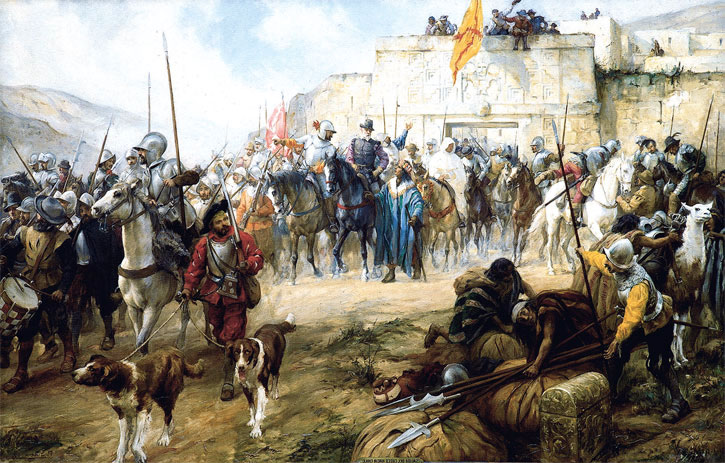Fashion Book Friday: Marcel Rochas. Designing French Glamour by Sophie Rochas
This is my archive of fashion related books. Most of them are in English, but many are not. Some are new, but many are real finds. Depends on the topic, really...Almost forgotten today, Marcel Rochas was nonetheless one of the most important couturiers of the mid-twentieth century, in large part responsible for the iconic image of the enigmatic, impeccable French feminity. With this book, by his daughter Sophie, he finally has the splendid volume he deserves.
It is richly illustrated, with a mixture of close-ups of clothes, contemporary fashion photography and pictures from the family archive, like the ones on the right, and those latter distinguish this book form so many others. It is certainly not rare to find a fashion book, even a coffee-table picture collection, driven by an endless love of fashion, attention to detail and perfectionism, but finding a book that at the same time breathes intimacy, that speaks not only of the master of fashion, arbiter of taste etc, but also of the brother, son, husband, father, friend, or even simply the private person that enjoys a weekend in the sun.
Sophie Rochas mixes her private memories of her parents (her mother Hélène was her father`s favorite model and muse) with chapters on marketing, her father`s work for the cinema (he opened a division dedicated to working with film and dressed many French stars, such as Jean Marais) or his iconic perfume Femme (launched 1945 and still available after over 70 years).
Sophie also cronicles his progression from jazzy, stream-lined fashion of the Twenties, to the elegantly dramatic gowns of the Thirties that show a clear influence of surrealism, such as his famous Bird dresses (one of them is featured in the picture on the left) to the mature, almost uber-feminine, yet never cloying, gowns of the postwar period. Gala gowns, smart suits, hats, underwear, swimwear, perfume... The Rochas woman, best personified by his second wife Hélène, rises from these pages like some phantom of absolute beauty, and while leafing through it, I felt the wonder Sophie described when, as a little girl, she saw her mother transform into this beatiful creature at the hands of her father.
At the same time, she describes enough of the backstage work to have a glimpse of how this illusion of unearthly beauty came about: she includes the memories of people who worked with her father, describes working and living conditions in occupied Paris (Rochas was one of the houses that decided to stay open during occupation), especially the fight of the couturiers to not let themselves be controlled by German forces. This might sound trivial at first, after all, it`s just the luxury segment of the rag trade, but by then, the fashion industry had become synonymous with France, of great economic importance, and the Germans were very much interested in controlling it and ideally transporting it to Berlin, which was to become the new centre of everything, including fashion (ironically, they were at the same time destroying the actually vibrant fashion industry in Berlin, apparently "too many Jews" were involved, but that`s for another occasion). It was therefore a great achievement of the French fashion industry, lead by Lucien Lelong, to remain independent .
Apart from designers and models, friends and customers of the glamourous couple appear on the pages, many actors, but also Evita Perón, wife of the Argentinean president, whose life was later turned into a musical (Evita), and, first and foremost, the painter Leonor Fini, who was apparently a close friend. I have to admit I had no idea, and seeing both photos of and paintings by (above) my favourite painter was a particularly pleasant surprise.
And to finish, this statement by Rochas. I´m not saying this is the last word on the topic, but it is a captivating observation on different attitudes of male and female designers when it comes to dressing, and ultimately treating, the female body.







No comments:
Post a Comment